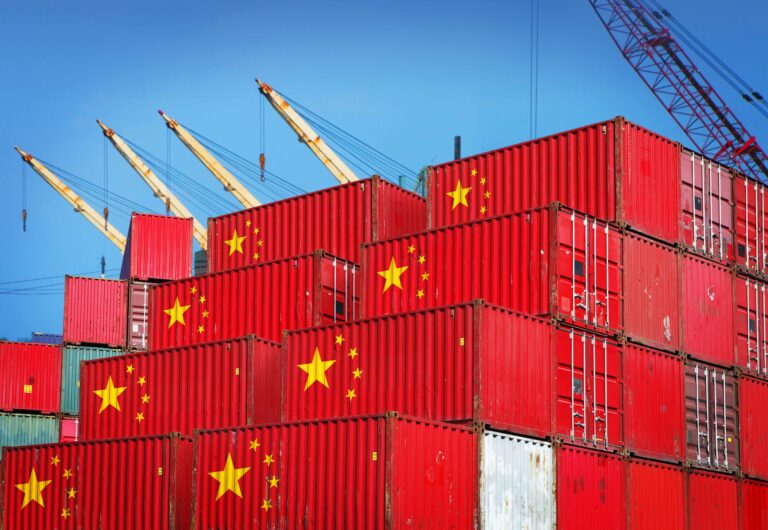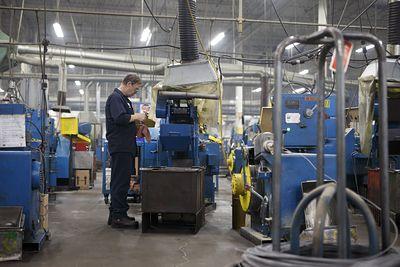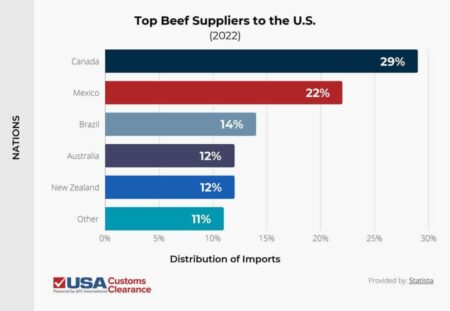The economic upheaval triggered by China’s rapid integration into the global market, often referred to as the “China shock,” is now reverberating strongly across Germany’s industrial landscape. According to a recent analysis by the Centre for Economic Policy Research (CEPR), German manufacturers and exporters are facing mounting challenges as Chinese imports flood key sectors. This development threatens to reshape employment patterns, competitive dynamics, and trade flows in Europe’s largest economy, raising urgent questions about policy responses and Germany’s strategic positioning in a shifting global marketplace.
The Economic Impact of China’s Trade Expansion on German Manufacturing
Germany’s manufacturing sector has felt a pronounced jolt as China’s aggressive trade expansion reshapes global supply chains. The influx of competitively priced Chinese goods has intensified pressure on German manufacturers, particularly in industries reliant on intermediate inputs and export-oriented production. This paradigm shift has led to notable downturns in certain manufacturing subsectors, with firms compelled to either innovate rapidly or face contraction. Meanwhile, regions heavily dependent on traditional manufacturing face rising unemployment and social strains, highlighting the uneven consequences within Germany’s industrial landscape.
Key factors influencing the economic impact include:
- Increased competition from Chinese exporters in machinery and automotive components.
- Shifts in global value chains, prompting some German firms to relocate production or diversify.
- Pressure on labor markets in manufacturing hubs, accelerating calls for policy adaptation.
| Sector | Change in Output (2010-2020) | Employment Impact |
|---|---|---|
| Automotive Components | -15% | Moderate Job Losses |
| Electrical Equipment | -10% | High Job Losses |
| Machinery | -8% | Low Job Losses |
Regional Disparities and Worker Displacement in Germany’s Industrial Heartland
Economic shifts driven by increased import competition from China have disproportionately affected certain regions within Germany’s industrial heartland. Areas traditionally dependent on manufacturing and export-oriented industries, such as parts of Baden-Württemberg and Saxony, have experienced significant employment contractions. Worker displacement in these regions is compounded by localized economic structures, where alternatives outside manufacturing remain limited. Losses in jobs and wages are not evenly distributed, with rural and smaller urban centers often bearing the brunt, while larger metropolitan areas show greater resilience due to diversified economies and stronger service sectors.
- High dependence on traditional manufacturing: Regions with a steep reliance on automotive and machinery production suffer the most.
- Limited retraining opportunities: Workforce transition to tech and service sectors remains challenging.
- Youth migration: Younger demographics relocate to urban hubs in search of better job prospects.
| Region | Job Losses (2010-2020) | Unemployment Rate (%) | Manufacturing GDP Share |
|---|---|---|---|
| Baden-Württemberg | 75,000 | 6.3 | 33% |
| Saxony | 42,000 | 7.1 | 29% |
| North Rhine-Westphalia | 58,000 | 8.0 | 26% |
The persistence of these disparities underscores the need for targeted policy measures to address worker displacement, particularly in regions where industrial decline is most acute. Enhanced investments in vocational training and infrastructure, combined with incentives for emerging industries, could provide pathways for revitalization. Meanwhile, social safety nets require adaptation to cushion the socioeconomic fallout faced by displaced workers and their communities, ensuring the industrial heartland does not become permanently sidelined in Germany’s economic future.
Policy Recommendations to Mitigate the Effects of Global Trade Shocks
To address the economic disruptions caused by sudden global trade shifts, policymakers must prioritize a combination of targeted support measures and structural reforms. Immediate relief through expanded unemployment benefits and retraining programs can cushion the blow for displaced workers. Additionally, investing in digital infrastructure and innovation hubs will empower affected regions to adapt and capitalize on new market opportunities, fostering long-term resilience.
Strategic trade policies should also emphasize diversification to reduce dependency on vulnerable supply chains. Encouraging industries to explore alternative markets and supply sources can mitigate future shocks. Key policy actions include:
- Facilitating access to finance for SMEs transitioning to new production models.
- Strengthening vocational education tailored to emerging sectors.
- Enhancing partnerships between government, industry, and labor organizations to ensure coordinated responses.
| Policy Area | Recommended Action | Expected Outcome |
|---|---|---|
| Labor Market | Expand retraining programs | Lower unemployment duration |
| Trade | Diversify import/export partners | Reduced external vulnerability |
| Innovation | Invest in R&D and technology | New growth sectors emerge |
The Conclusion
As the economic ripples of the China shock continue to reach German shores, the findings highlighted by CEPR underscore the profound challenges facing Europe’s largest economy. Policymakers and stakeholders alike must grapple with the dual pressures of global competitive dynamics and domestic labor market adjustments. How Germany navigates this shift will not only shape its own economic trajectory but also offer critical insights into the broader implications of globalization in an interconnected world.




